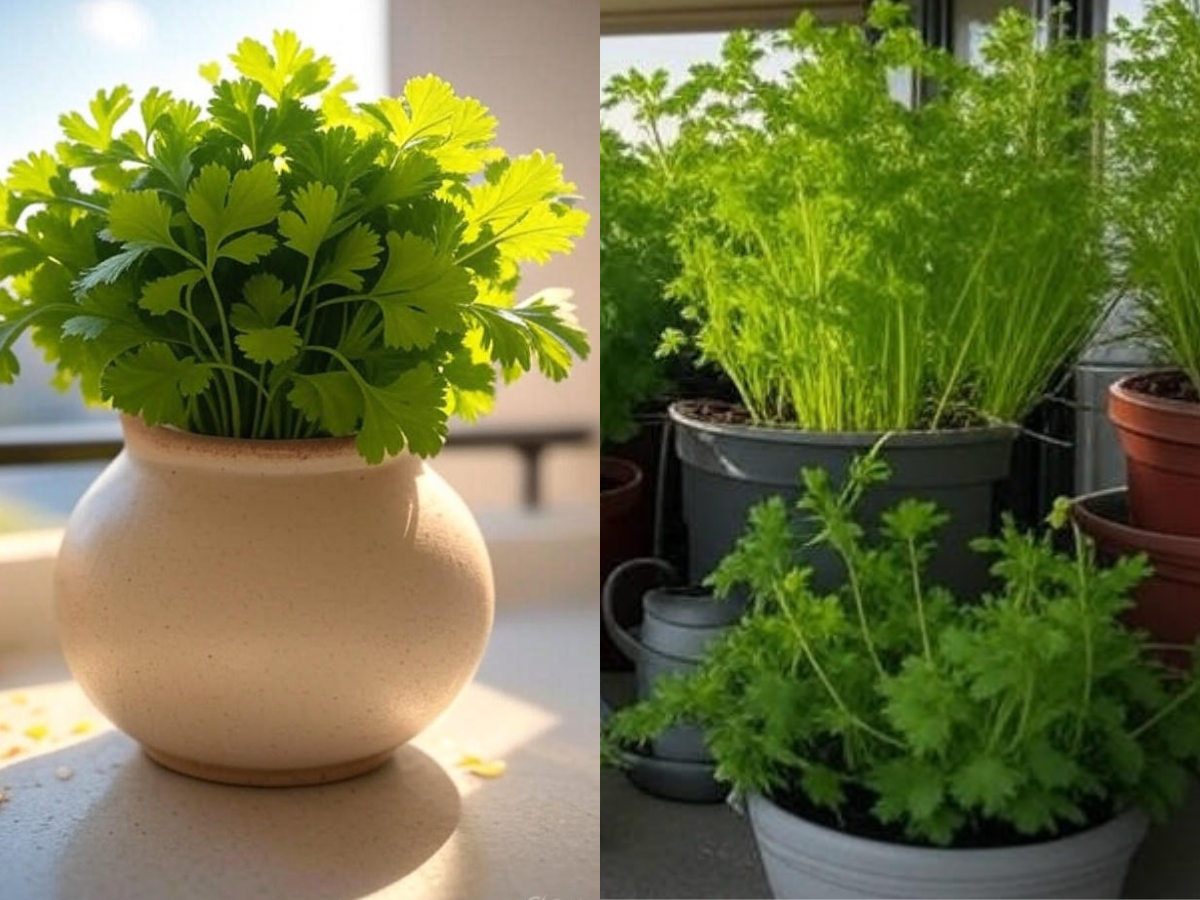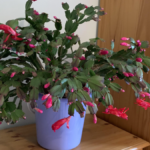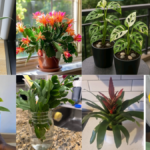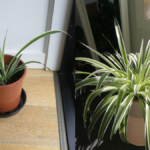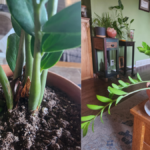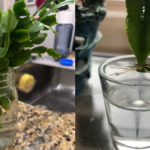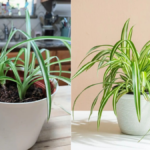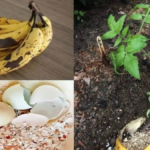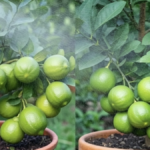How to care coriander plant at home? It’s easy if you understand the right balance of sunlight, water, soil, and regular care. Coriander (also known as cilantro) is one of the most commonly used herbs in Indian and international cooking. Growing it at home is simple, but if you don’t give the proper care, the plant can dry up, become leggy, or bolt (flower too early).
In this post, I’ll share everything I’ve learned from my own gardening experience. I grow coriander regularly in pots, balcony trays, and garden beds. If you want fresh green leaves every few weeks, follow these care tips step-by-step.
IN THIS ARTICLE
Why You Need to Care for Coriander Plant
Many people grow coriander but don’t get enough leaves because the plant:
- Bolts too early (starts flowering)
- Turns yellow or dies
- Gets leggy or thin leaves
These problems happen when the plant doesn’t get proper care. The good news is – coriander is a low-maintenance herb. Just a few simple steps are enough to keep it healthy and productive.
Basic Growing Needs of Coriander Plant
Before we get into care tips, let’s understand what coriander plants need to grow well:
| Need | Details |
|---|---|
| Sunlight | 4–6 hours of direct sun (cool season) or partial shade in hot areas |
| Soil | Loose, well-drained, slightly moist |
| Water | Regular but not too much |
| Temperature | Best between 15°C to 25°C |
| Harvest Time | 3 to 4 weeks after sowing |
How to Care Coriander Plant (Step-by-Step)
Now let’s go step-by-step into how to give the best care to your coriander plant.
1. Sunlight – Give the Right Light
Coriander needs 4 to 6 hours of sunlight daily. But too much heat or strong afternoon sun can make it bolt (flower).
Tips:
- In cool seasons, give it full morning sunlight
- In summer, keep the pot in partial shade (under a net or balcony roof)
- If growing indoors, place near a bright window with indirect sunlight
Avoid harsh sun in the afternoon during hot months.
2. Watering – Keep Soil Moist, Not Wet
Water is very important in the care of coriander plant. The soil should be evenly moist, but never waterlogged.
Watering tips:
- Water once every 1–2 days depending on season and weather
- In hot weather, check soil daily and water if dry
- Use a spray or watering can – avoid hard flow
- Do not overwater, especially in pots with poor drainage
Watering in the early morning is best. Keep the leaves dry to prevent fungus.
3. Soil – Light and Loose Soil Works Best
Coriander roots don’t like heavy or sticky soil. Use a light, well-drained mix for fast growth.
Best soil mix:
- 50% garden soil
- 30% compost or cow dung
- 20% sand or cocopeat
Tips:
- Add compost every 15–20 days for nutrition
- Loosen the top layer of soil weekly to keep it aerated
Good soil = strong roots = healthy leaves.
4. Temperature and Season – Choose the Right Time
Coriander prefers cool temperatures between 15°C to 25°C. In hot weather, the plant quickly starts flowering.
Best seasons to grow and care coriander plant:
- Spring: February to April
- Autumn: September to November
In hot summer, it’s better to grow coriander in shade or try slow-bolting varieties.
5. Spacing and Thinning – Avoid Overcrowding
If you sow too many seeds together and don’t thin them, the plants grow tall and weak.
How to fix:
- After germination, thin the seedlings – keep 2 to 3 inches gap between plants
- Remove small or weak seedlings so stronger ones get space
This allows each plant to get enough air, light, and nutrients.
6. Fertilizing – Organic Feeding is Enough
Coriander doesn’t need chemical fertilizers. Organic compost is enough to grow healthy leaves.
Fertilizing tips:
- Add a handful of vermicompost or cow dung every 15–20 days
- Mix it lightly into the top soil
- Avoid overfeeding – too much nitrogen makes it grow fast but reduces flavor
Natural feeding = better taste and healthier plants.
7. Pruning and Harvesting – Encourage New Growth
If you harvest properly, the plant keeps giving leaves for many weeks.
How to harvest the right way:
- Start cutting leaves when plants are 4–6 inches tall
- Use scissors to cut outer leaves first
- Do not pull the whole plant unless harvesting seeds or roots
- Harvest every 5–7 days to promote new leaves
If you wait too long, the plant may flower and stop growing leaves.
Extra Tips for Better Coriander Care
Here are a few more things I do for healthy coriander plants:
- Mulch the soil with dry leaves or grass to keep moisture
- Grow in shallow, wide pots – coriander has shallow roots
- Rotate crops if planting in the same bed again – avoid soil disease
- Use fresh seeds every time for better germination
These simple things help avoid common problems like yellow leaves or early flowering.
Can You Grow Coriander Indoors?
Yes, absolutely! I often grow coriander on my kitchen window or near my balcony.
Indoor care tips:
- Use a container with good drainage
- Place near a south-facing window or where sunlight comes for a few hours
- Water regularly and rotate the pot for even growth
- Use a grow light if natural sunlight is not enough
Indoor-grown coriander grows slower, but it’s a great option for small spaces.
Conclusion: How to Care Coriander Plant Successfully
Caring for a coriander plant is simple if you understand its basic needs – moderate sun, moist soil, regular pruning, and light organic feeding. From my experience, coriander is one of the easiest and most rewarding herbs to grow at home. Whether you use it for garnishing, chutney, or cooking, nothing beats the taste of fresh homegrown coriander leaves.
How to Grow Tomatoes in Pots and Containers from Seed (Full Guide)
